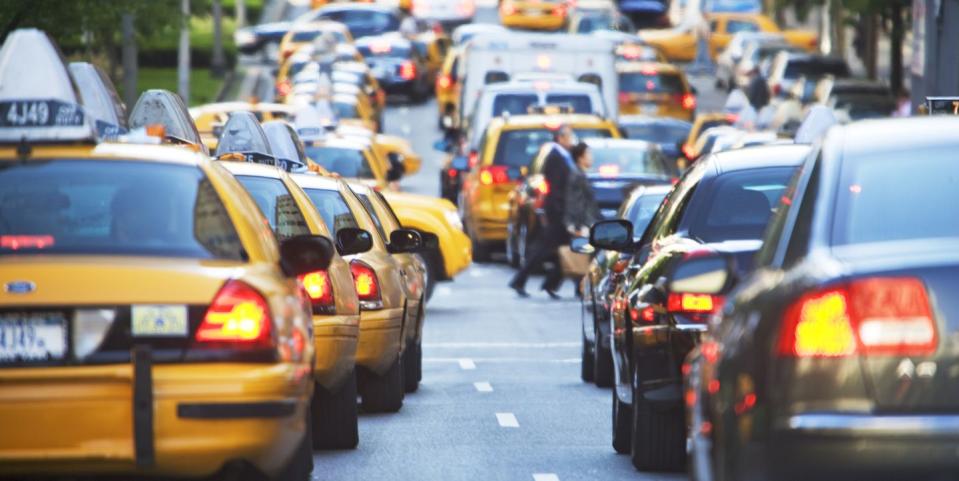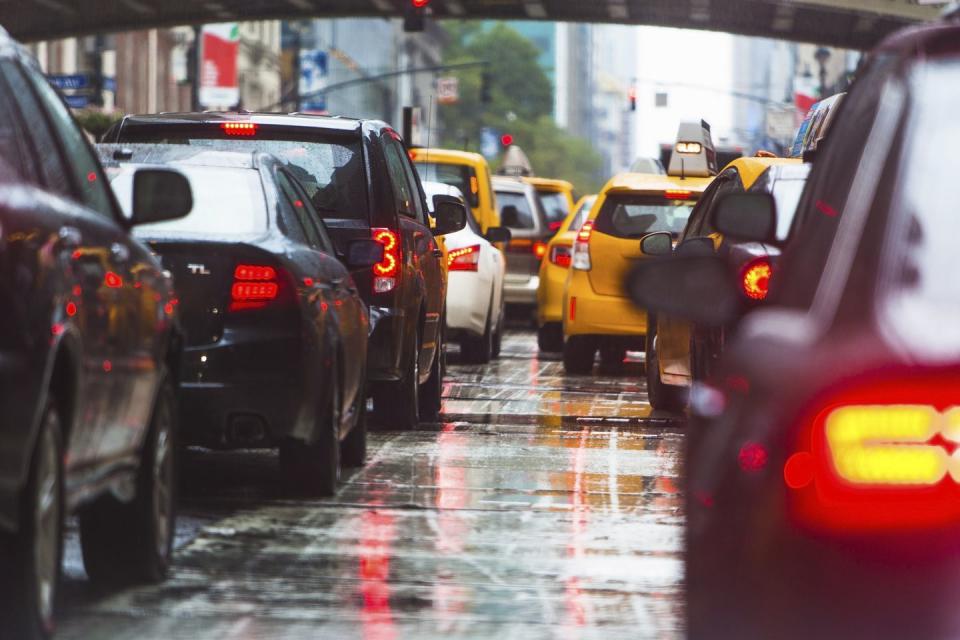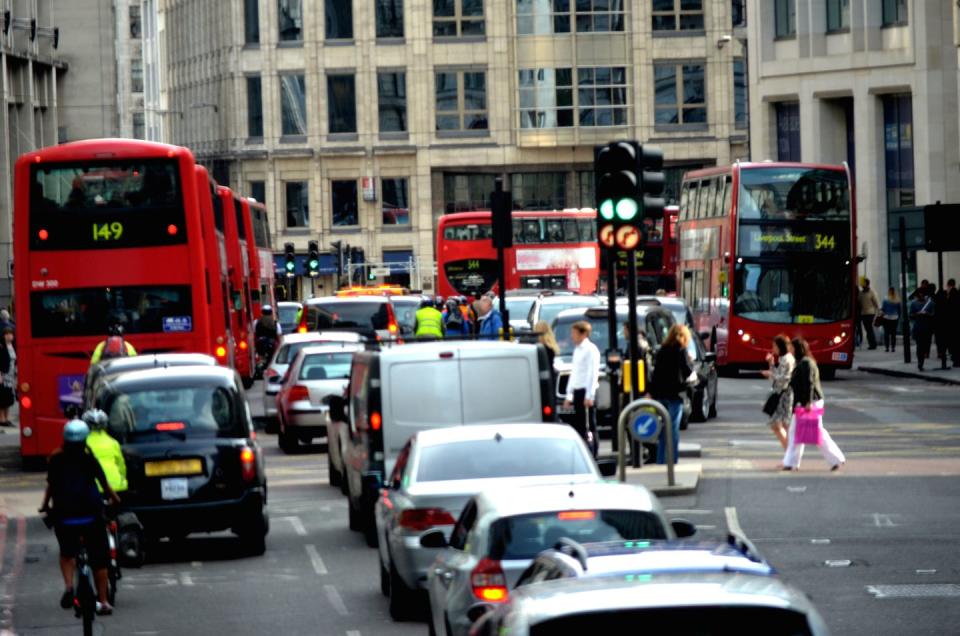Drivers in NYC Will Soon Have to Shell Out—to Get In

A New York City council plan to impose congestion pricing that passed the state legislature in 2019 received the green light from the Federal Highway Administration last month.
The scheme affects the South Central Business District below 60th Street and will likely go live next spring.
Singapore launched the first congestion pricing system in the world 26 years ago. Several cities have followed Singapore’s lead, with many more working on plans of their own.
Electric vehicles have the potential to reduce greenhouse gasses and stem the ravages of climate change, but no matter how soon we park all our internal combustion-powered cars and trucks, big cities will still be too congested. Sitting in rush hour with the air conditioning or heat, GPS, radio or WiFi will do nothing for range anxiety.
In the past decade or two, cities across the US and worldwide have expanded bike and pedestrian lanes and have raised high-rise highways and freeways cutting through the centers of towns. Closing off entire city streets to motorized traffic in favor of restaurant tables al fresco became a popular solution during the pandemic, and some of those walkable streets remain in place.
The most enduring solution—and probably the most politically charged one—has been supply and demand economics: charging for the privilege to drive on traffic-clogged city streets.
A New York City council plan to impose congestion pricing in the South Central Business District below 60th Street passed the state legislature in 2019. The plan was parked until late June, when the Federal Highway Administration gave its final approval, according to several news sources. Congestion pricing is now expected to commence next spring in New York City, five years after the initial plan was passed in Albany and 26 years after Singapore launched the first congestion pricing system in the world. New York’s Metropolitan Transit Authority has dubbed the plan the Central Business District Tolling Program (CBDTP).
The Daily News says that after being passed by the New York State legislature, it was “slow-walked by federal officials during the Trump administration.” The Biden administration has since kicked it back into high gear, but heavy opposition remains from anti-tax-increase hardliners in Albany and New Jersey politicians who say it will hit their constituents hardest.

What’s the plan?
•According to the Daily News, drivers using 60th Street or below will be charged between $9 and $23, though “among the work left to do is deciding just how much drivers will be charged.” According to The City, a non-profit, non-partisan digital news platform, the MTA has considered several different scenarios, with prices of $9 to $23 per trip, lowered to $7-17 for off-peak hours and $5-12 for an overnight charge. The 2019 state legislature law allows for just one charge per vehicle per day, so it might be a good idea to take advantage of the city that never sleeps.
•Three highways running below 60th will be exempt; FDR Drive, the West Side Highway, and sections of the Battery Park Underpass and Hugh Carey (Brooklyn-Battery) tunnel that connects FDR Drive to the West Side Highway.
•The company TransCore has been hired to build the equipment needed to charge drivers. No word yet on whether the system will rely on transponders inside the vehicles or will simply read license plates.
Other Cities
How does New York’s CBDTP compare with other cities’ congestion pricing? Here are the major players, so far …
London
City officials first visited Singapore to study its Electronic Road Pricing (ERP) and launched its own congestion pricing system on February 17, 2003, according to Wikipedia.

• Cost is £15 (about $19.50) per day in advance or on the same day, or £17.50 ($22.75) if paid by midnight of the third day after travel. Pay by auto pay, app, or telephone.
• Fine for failure to pay is £160 ($207.86).
• Most drivers with disabilities are exempt, as are motorbikes, mopeds, and bicycles.
• Most vehicles entering London’s congestion zone must meet its Ultra Low Emission Zone (ULEZ) requirement or pay a daily £12.50 ($16.25) charge.
• Fee is charged between 7 a.m. and 6 p.m. Monday through Friday, and noon to 6 p.m. Saturdays, Sundays, and bank holidays. It is free between Christmas Day and the New Year’s Day bank holiday.

 Yahoo Autos
Yahoo Autos 